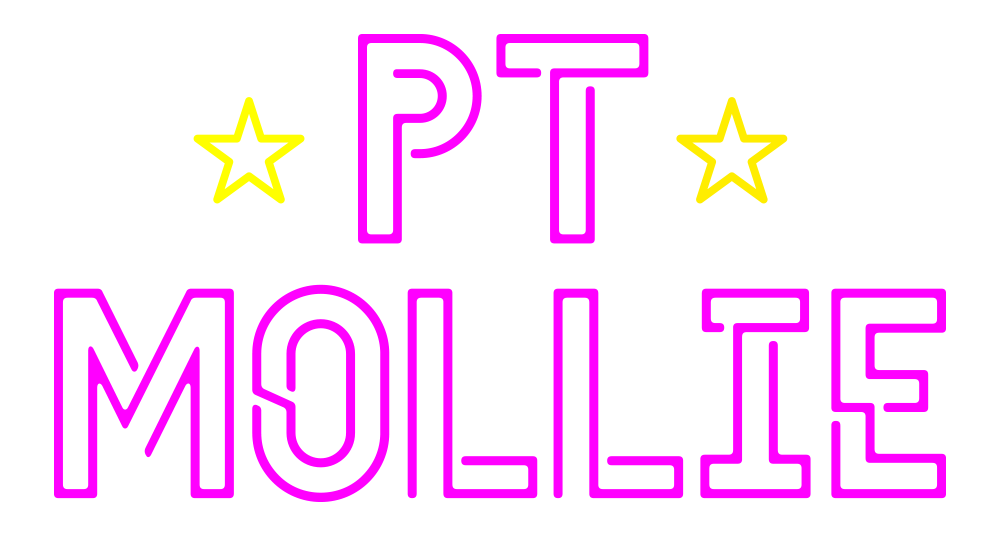 |
| What’s in your first aid kit? |
I have been first aid trained for most of my life. It started when I was a teenager as a baby sitter certified by the Red Cross, and then as a camp counsellor in the summers. The first year I learned to use an AED (automated external defibrillator) was 2001 at my first job after uni (that’s college for you Americans). Since then, I have always tried to keep my certifications up to date, whether through work or as a fitness instructor.
A few weeks ago, I completed a three day ‘first aid at work’ course with St. John’s Ambulance. Over the years, I have heard stories from other course attendees how they saw an accident but didn’t help. I have also stopped to help people looking ill on the Tube, while many other passengers walked on by. My husband said British people don’t want to impact on each other’s civil liberties by asking if they need help. Maybe it is cultural but as an American, we talk to strangers and we help. Most people who owned pools where I lived growing up had at least CPR training (perhaps as a legal requirement?). My dad was on ski patrol at the local resort, and I remember him studying for his exams in the basement with his colleagues. He even helped a player on the boys varsity soccer game who suffered a neck injury during the playoffs.
 |
| Annie, are you ok? |
 |
| Count to 10, look and feel for breathing |
On my most recent course, the first aid instructor said after the Westminster Attack, first aid courses were held to instruct more Westminster staff on what to do in an emergency. The media highlighted how MP Tobias Ellwood knew first aid and was able to help treat and triage victims. On 22 May, 2017 in Manchester, a homeless man, Chris Parker, wrapped up victim wounds with tour merchandise. You never know when first aid training will be useful. Of course, the recent terrorist incidents are more severe than what you will usually come across in a situation requiring first aid. Hopefully these extreme incidents are few and far between, but then we had the attack at London Bridge and Borough Market.
The stories you hear during these three recent terror attacks of bravery and self-sacrifice. Medically trained staff went to the incident sites or went into work to help treat the victims. I am by no means saying you should put yourself in danger of you find yourself in a similar situation. The first step of administering first aid is to make sure the area is safe. By receiving first aid training, you rehearse the next steps to take depending on what situation you come across. The repetitive nature of the training helps reinforce the correct protocol and will help you respond on auto-pilot should an emergency arise.
Would you know what to do if there was an incident at your work, in the gym, or on the playground that needed first aid? Do you carry a first aid kit with you on long cycle journeys or do you keep one in the boot of your car?
 At a bare minimum, I encourage you to take CPR or one day first aid course to learn how to treat common injuries. Another skill to learn is how to use an AED. AEDs are becoming more common in public places in the UK (finally!) such as airports, malls, and sports facilities. Although they do not require a certificate for use (as advised by the Resuscitation Council of the UK), you may feel more comfortable using it if you have a half day lesson. Using CPR or an AED significantly increases the potential of survival for your causality. According to the American Red Cross, for each minute you delay defibrillation on your casualty, the chances of their survival decreases by 10%.
At a bare minimum, I encourage you to take CPR or one day first aid course to learn how to treat common injuries. Another skill to learn is how to use an AED. AEDs are becoming more common in public places in the UK (finally!) such as airports, malls, and sports facilities. Although they do not require a certificate for use (as advised by the Resuscitation Council of the UK), you may feel more comfortable using it if you have a half day lesson. Using CPR or an AED significantly increases the potential of survival for your causality. According to the American Red Cross, for each minute you delay defibrillation on your casualty, the chances of their survival decreases by 10%.
Touch wood, I have yet to perform CPR or use an AED. I have applied plasters (band-aids), wrapped cuts, and put people into a recovery position to prevent shock. Once, I helped a cyclist who fell off his bike and dislocated his shoulder by putting his arm into a sling before police pulled over to help us as we waited for an ambulance to arrive.
If you are not yet first aid certified or took the course a long time ago, I urge you to sign up for a course. Hopefully, you will not have to use your new skills anytime soon, but if you do, you can be confident that you are doing your best to help the people around you.

Recent Comments